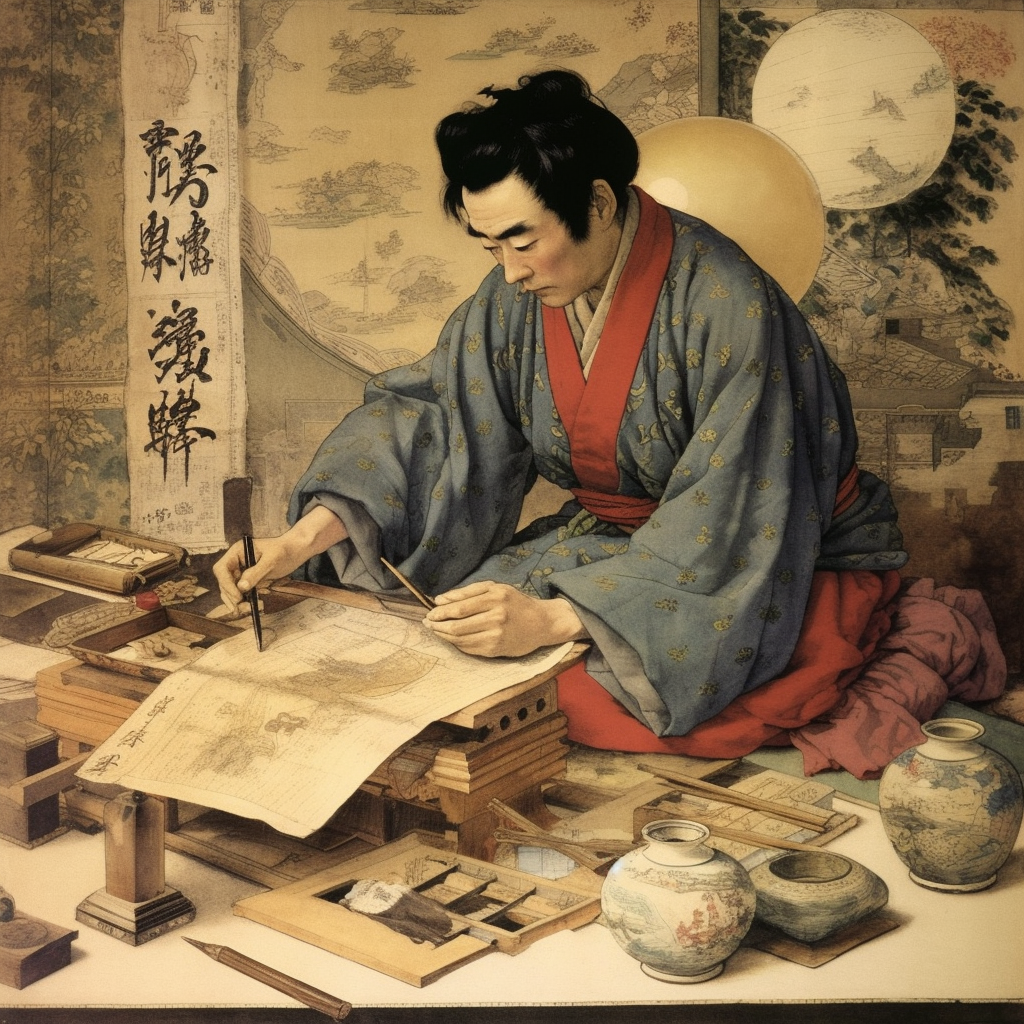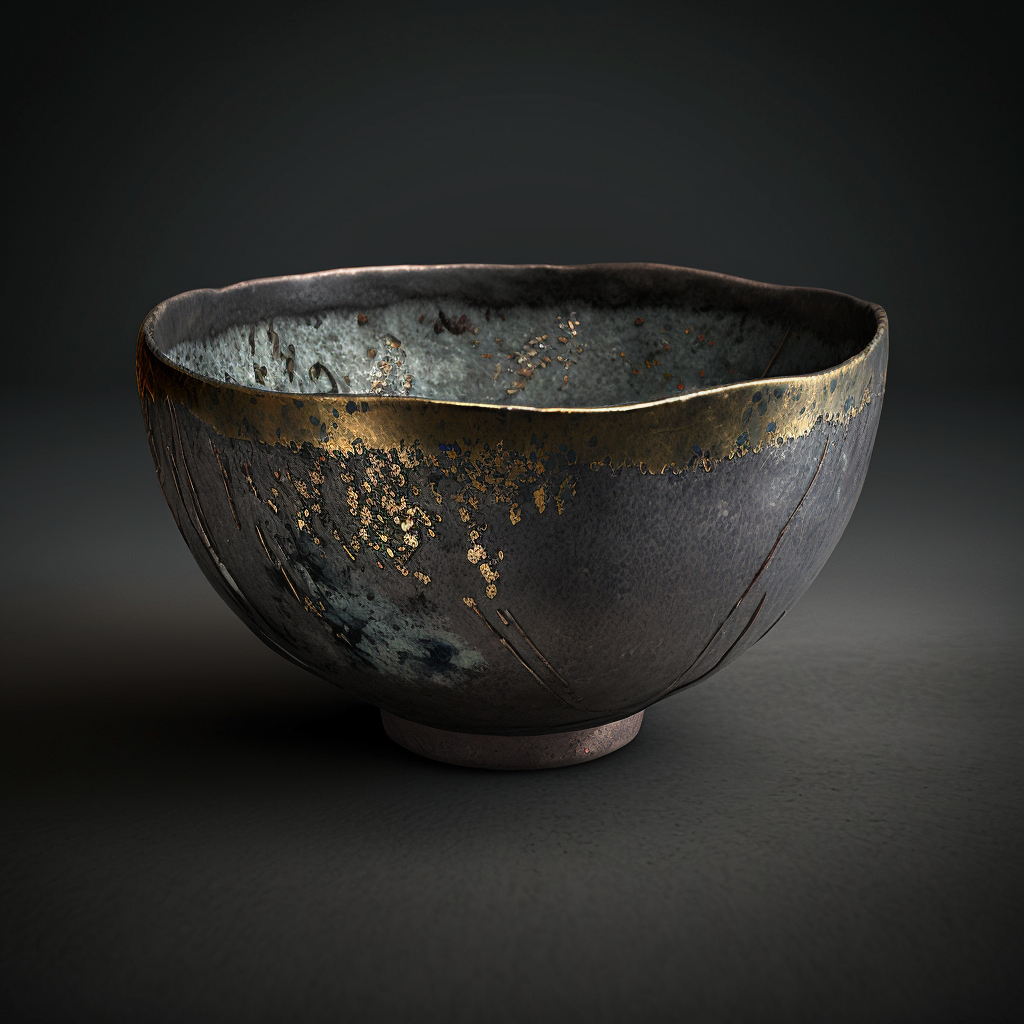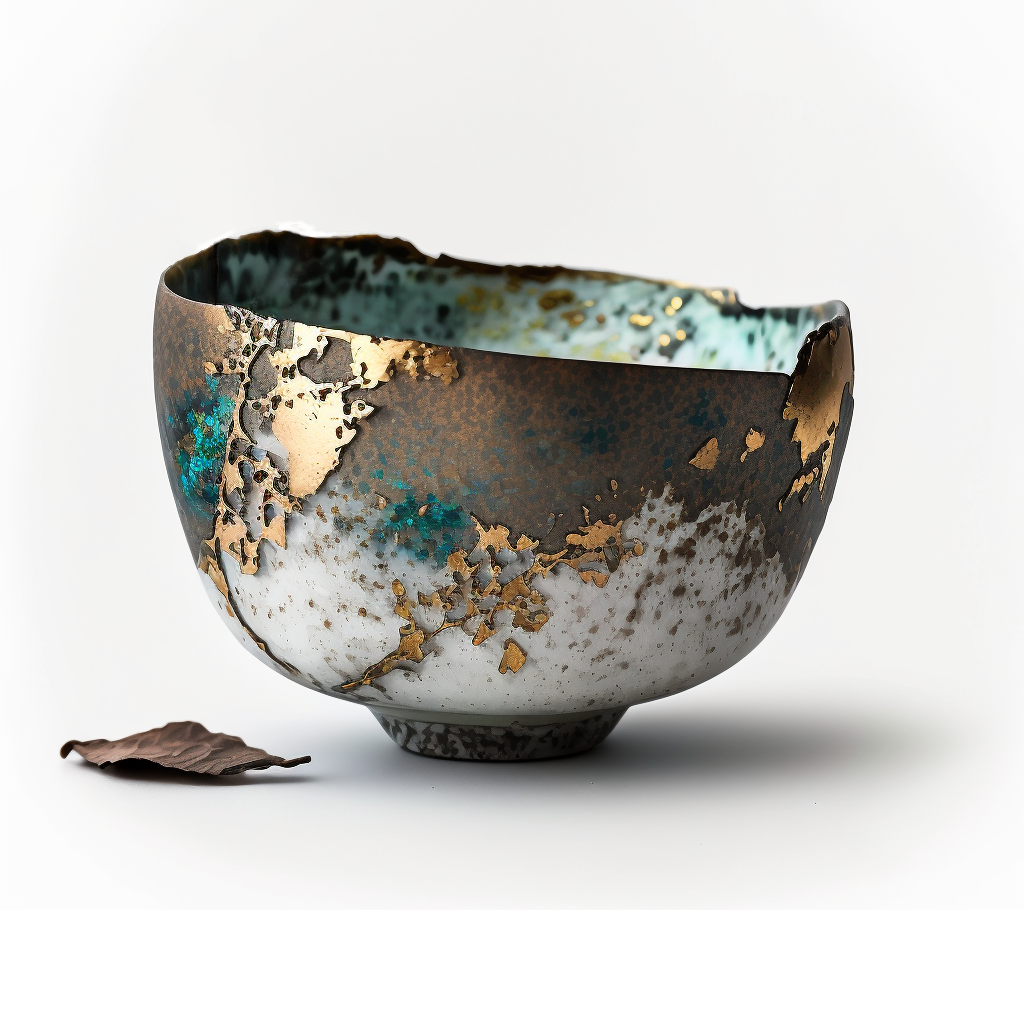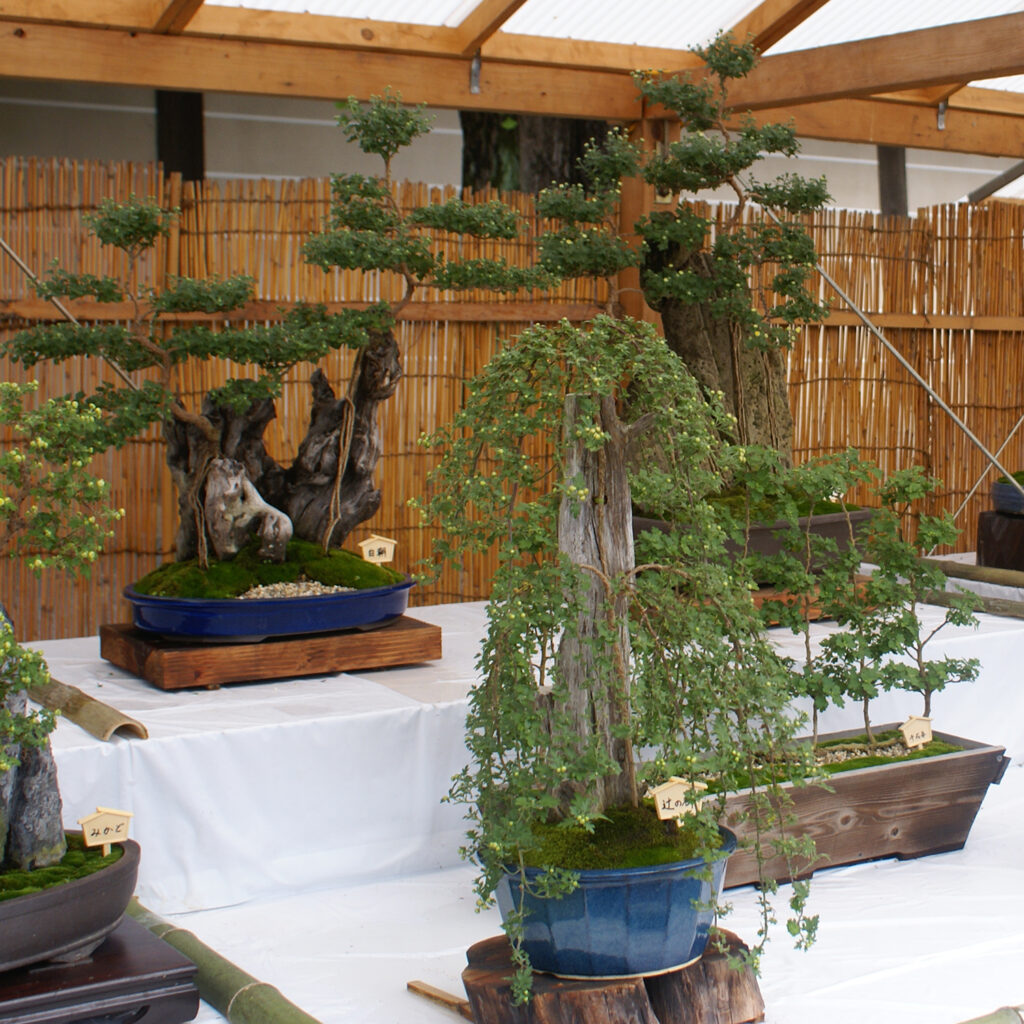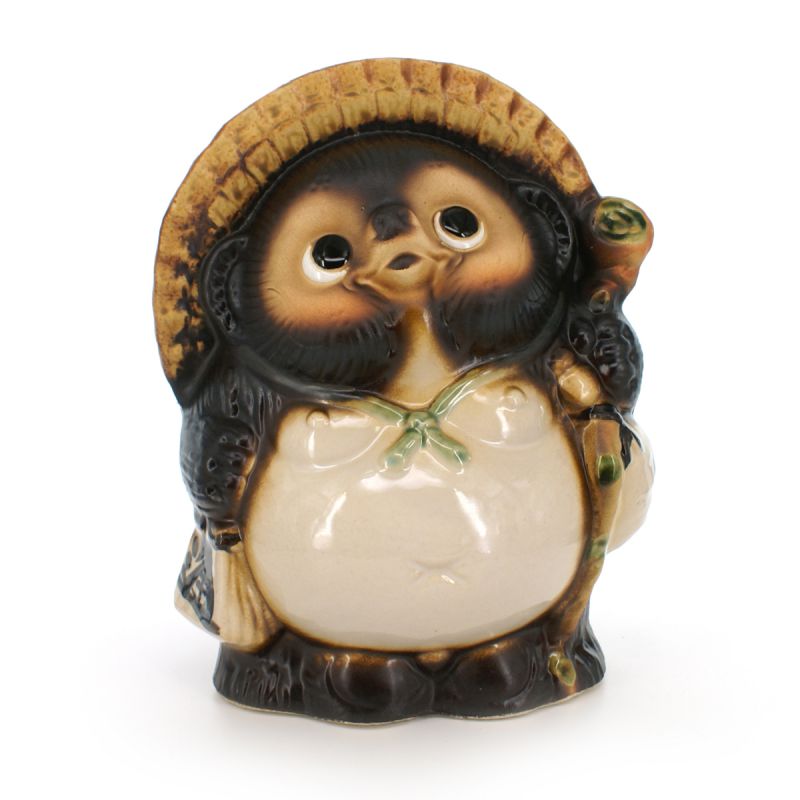Nishimuraya Yohachi was one of the most influential and renowned woodblock print publishers of the ukiyo-e era in late 18th-century Japan. His work helped shape and popularize this unique artistic style, which captured everyday life, landscapes, actors and courtesans of the time.
Woodblock print publisher :
Nishimuraya Yohachi, also known as Nishiyo (西与) was known for his role as a publisher of woodblock prints. He worked closely with the renowned artists of the time, such as Katsushika Hokusai, Eishi, Kuniyasu, Toyokuni I and Kunisada, to produce prints of exceptional quality. His keen sense of artistic quality and commitment to excellence have made him a preferred choice for artists wishing to publish their work. Key productions include Hokusai’s famous Thirty-six Views of Mount Fuji , published between c. 1830 and 1833, and the first two volumes of his exquisite 100 Views of Mount Fuji ehon in 1834 and 1835.
His job as publisher was to coordinate the print production process, from selecting artists and subjects to overseeing the printing and distribution of the final prints. He had a clear artistic vision and was renowned for his attention to detail, ensuring that each print was made with care and that colors, textures and details were faithfully reproduced.
Impact and legacy:
Nishimuraya Yohachi’s work has had a significant impact on the world of ukiyo-e. As a respected publisher, he played a crucial role in promoting and disseminating this emerging artistic style. His company was renowned for producing high-quality prints that captured the spirit of the times and reflected the aesthetic tastes of the public.
His legacy lies in his contribution to the preservation and popularization of ukiyo-e. Thanks to his efforts, many precious prints have survived to the present day, enabling future generations to appreciate and study this unique art.
Here are the general steps involved in creating these prints:
- Initial Design: Ukiyo-e begins with the design of an artist creating an original design on paper, usually in India ink. This drawing is the basis for the final print.
- Color Separation: Once the design is complete, it is transferred to a premium wood block called an “itame.” The block is then cut into several parts, corresponding to the different colors provided in the print.
- Engraving of the blocks: Each block of wood is entrusted to a specialized engraver, who uses sharp tools to carve the details of the design on the surface of the block. Each block represents a different color from the final print.
- Preparation of the ink: Natural pigments are mixed with animal glue to create a quality ink. Different shades can be achieved by adjusting the amount of pigment and glue used.
- Inking of the blocks: The engraved wooden blocks are inked using special brushes. Each block is inked with the corresponding color and carefully pressed onto a sheet of Japanese paper called “washi”. This process is repeated for each color, making sure to align the different prints correctly.
- Editing and proofing: After the initial printing, proofs are made to check the quality of the prints. Adjustments can be made to the woodblocks or inking to achieve the desired results. Once the artist and publisher are satisfied, production of the prints begins.
Edition and distribution: The prints are published in series, generally in limited numbers. Each print is numbered and signed by the artist. The prints are then distributed to dealers and art lovers, who collect and appreciate them.
The process of making Japanese prints requires great expertise and close coordination between the artist, the engraver and the publisher. It showcases the artistic beauty of ukiyo-e and contributes to its international fame as a distinctive and captivating art.

